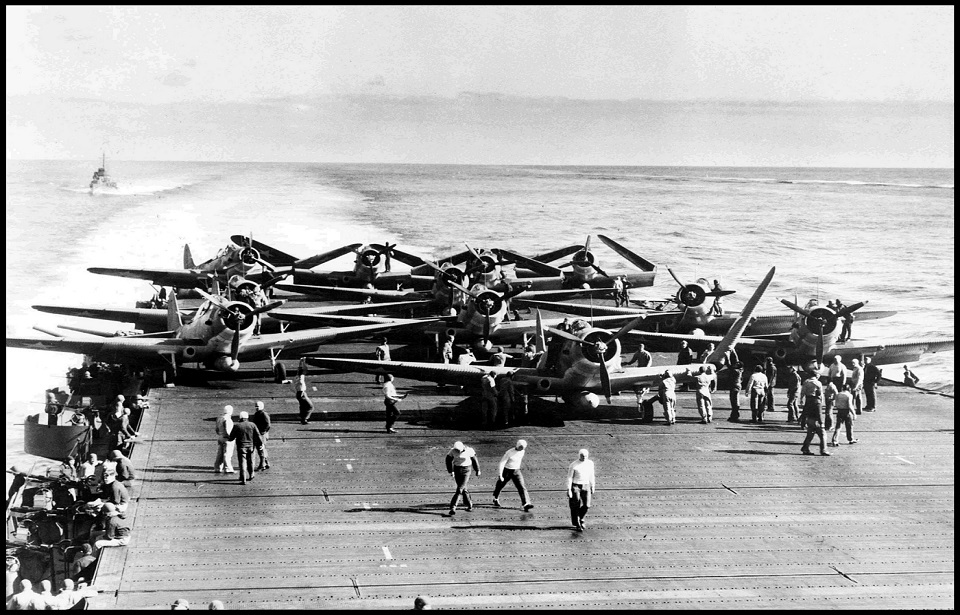A military comeback is an opportunity rarely given to commanders. The chance to switch the tide of battle to one’s favor is incredibly rare, and equally difficult to do, often requiring the alignment of random factors like weather, or significant external help.
This list features 8 important comebacks that had major implications on their respective wars or political climates.
Battle of Stirling Bridge
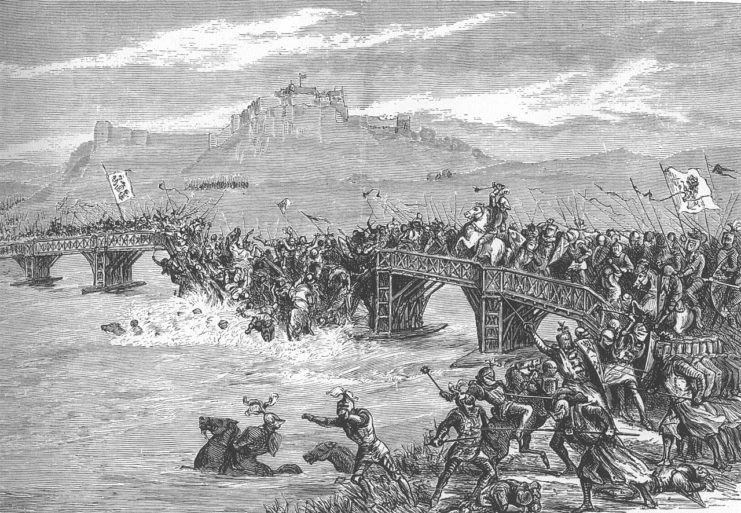
On 11 September 1297 Scottish forces defeated the English near the River Forth, during the First War of Scottish Independence. Scottish King John Balliol had recently surrendered to the English and was undermined by King Edward I of England. Scottish nobles overthrew Balliol and allied with France, resulting in King Edward invading Scotland.
In 1297 William Wallace and Andrew de Moray led a revolt against the English, who battled each other over a bridge near Stirling. The outnumbered Scots managed to defeat the British forces, the first major Scottish victory in decades.
Battle of Saratoga
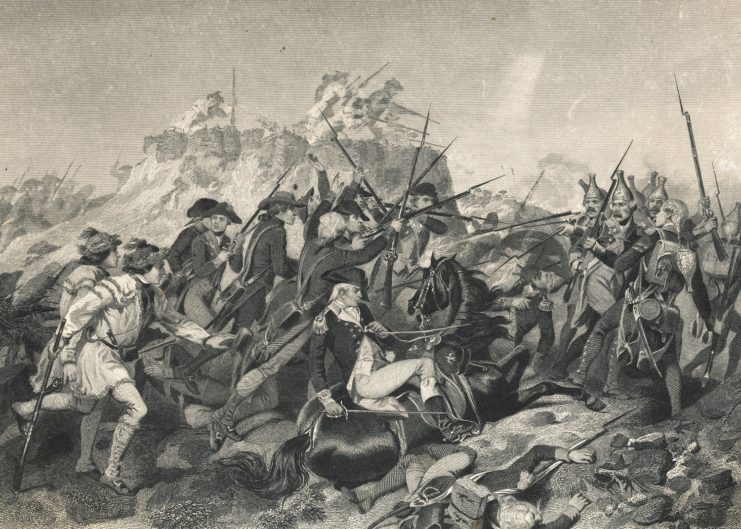
The Battle of Saratoga is considered to be a pivotal moment in the American Revolutionary War against the British. The British planned to cut off New England from the mid-Atlantic colonies by sending large amounts of surplus troops into Albany. While the three British armies were en route to Albany, one of them, led by Sir William Howe, abandoned the plan and instead attempted to invade Pennsylvania.
The army led by General John Burgoyne battled Continental forces at Freeman’s Farm and Saratoga, suffering heavy losses while waiting for reinforcements from an army that would never arrive. The defeat of British forces led to France officially becoming America’s ally.
The Defeat of the Spanish Armada
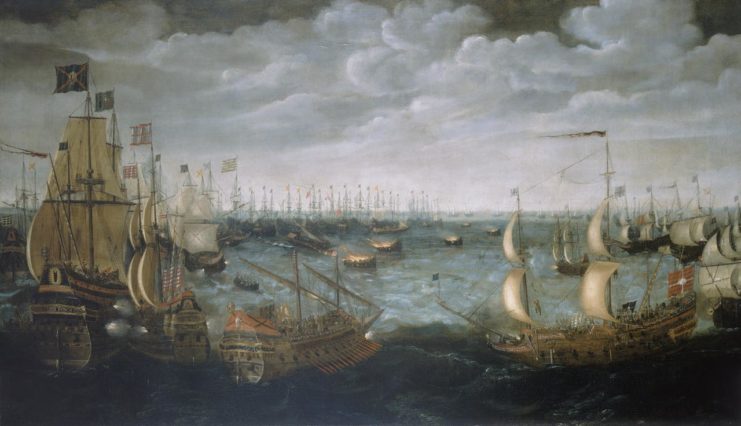
In 1588 Spain sent their formidable Armada to Great Britain with the hopes of invading the country and overthrowing Queen Elizabeth I to remove Spain’s then-rival. However, Britain’s faster ships were able to successfully battle Spain’s Armada along their southern coast.
The Armada was devastated by Britain, with Spain losing 15,000 troops. The victory solidified Britain as a global force to be reckoned with.
Prussia during the Seven Years War
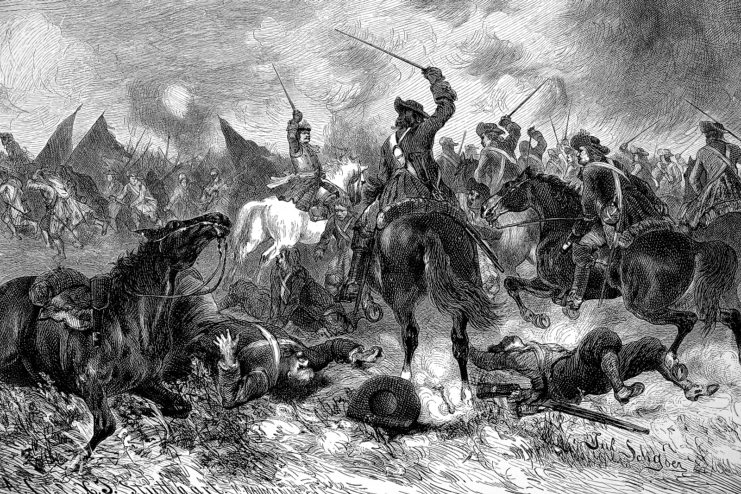
In 1756 Prussian King Frederick the Great invaded Saxony, kicking off the Seven Years War, which saw Prussia and Great Britain face off against Austria and France. The Anglo-Prussian alliance was outnumbered by the combined forces of Russia, France Sweden, and Austria.
Just as it looked like Prussia would be defeated, Russia switched sides when Tsar Peter III ascended to the throne in 1762, sending reinforcements to Frederick. The war ended shortly after Russia’s change of allegiance.
Battle of Gettysburg
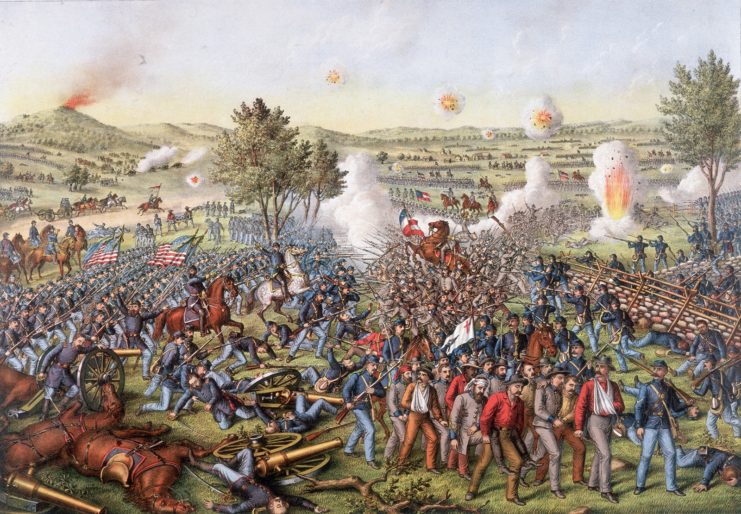
The Battle of Gettysburg was part of the Confederate’s invasion of the North which was hoped would earn the South recognition from foreign nations. The battle was fought between July 1 and July 3 1863 and came just weeks after the Confederate success at Chancellorsville in Virginia. The Confederate forces, led by Robert E. Lee, clashed with Union troops at the town of Gettysburg, with the battle initially leaning in the South’s favor.
But after a few days of savage battles that claimed thousands of lives, Union forces held their ground and emerged victoriously. Overall, the Battle of Gettysburg resulted in over 35,000 casualties.
Battle of Thermopylae
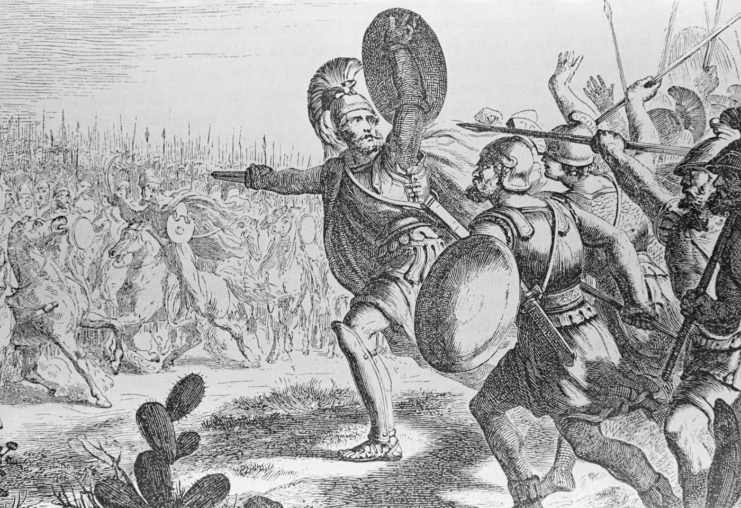
The Battle of Thermopylae is one of the most famous battles in history, fought in 480 BC between King Leonidas I of Sparta and the Achaemenid Empire of Xerxes I. Leonidas was massively outnumbered by Persian forces, so he utilized a bottleneck that the Persians were forced to pass through. Days into the fight, a local resident betrayed the Greeks when they revealed a path that could be used by the Persians to outflank the Greeks.
Realizing they were about to be attacked from the rear, Leonidas instructed his forces to retreat, while leaving a small group of Spartan warriors who fought to the death.
Battle of Midway
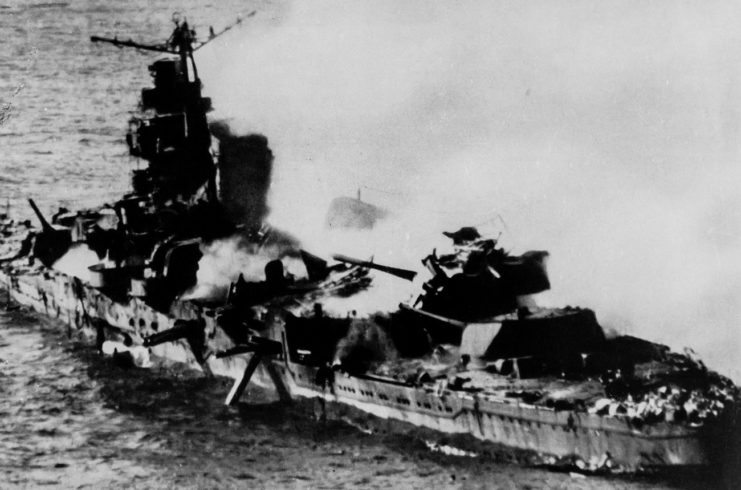
The Battle of Midway took place between June 4 and June 7, 1942, and just like the Battle of Saratoga, it was a turning point for the belligerents involved. The Japanese aimed to lure US aircraft carriers into a trap and knock these powerful assets out of the war while capturing Midway, which would allow Japan to extend its reach across the Pacific.
If successful, the trap would be another in a series of Japanese victories in the early stages of the Pacific War.
However, US cryptographers had cracked Japanese communications weeks before, so the US knew where and when the Japanese would strike. The ensuing clash claimed four Japanese aircraft carriers, 3,000 men, and 300 aircraft. In return, the US lost 360 men and 145 aircraft. It has gone down as one of the greatest naval battles ever.
Battle of Waterloo
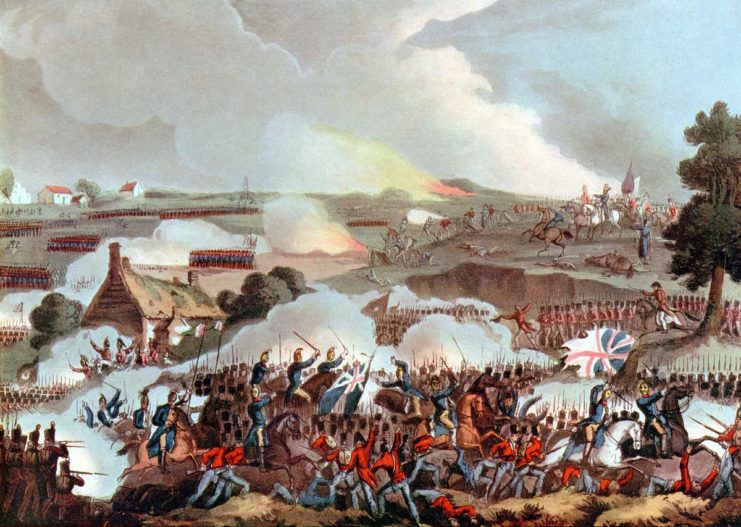
This battle took place on 18 June 1815 and brought about the end of the Napoleonic Wars. In 1814 Napoleon was forced to abdicate the throne after butting heads with powerful European countries. However, Napoleon briefly returned to power in 1815 and began the Hundred Days campaign. A large coalition of European nations formed to stop Napoleon, although he still emerged victorious over them a number of times.
This would change at the Battle of Waterloo, which saw Britain and their allies finally stop Napoleon. They were aided by poor weather which slowed Napoleon’s movements. Napoleon abdicated four days later.
